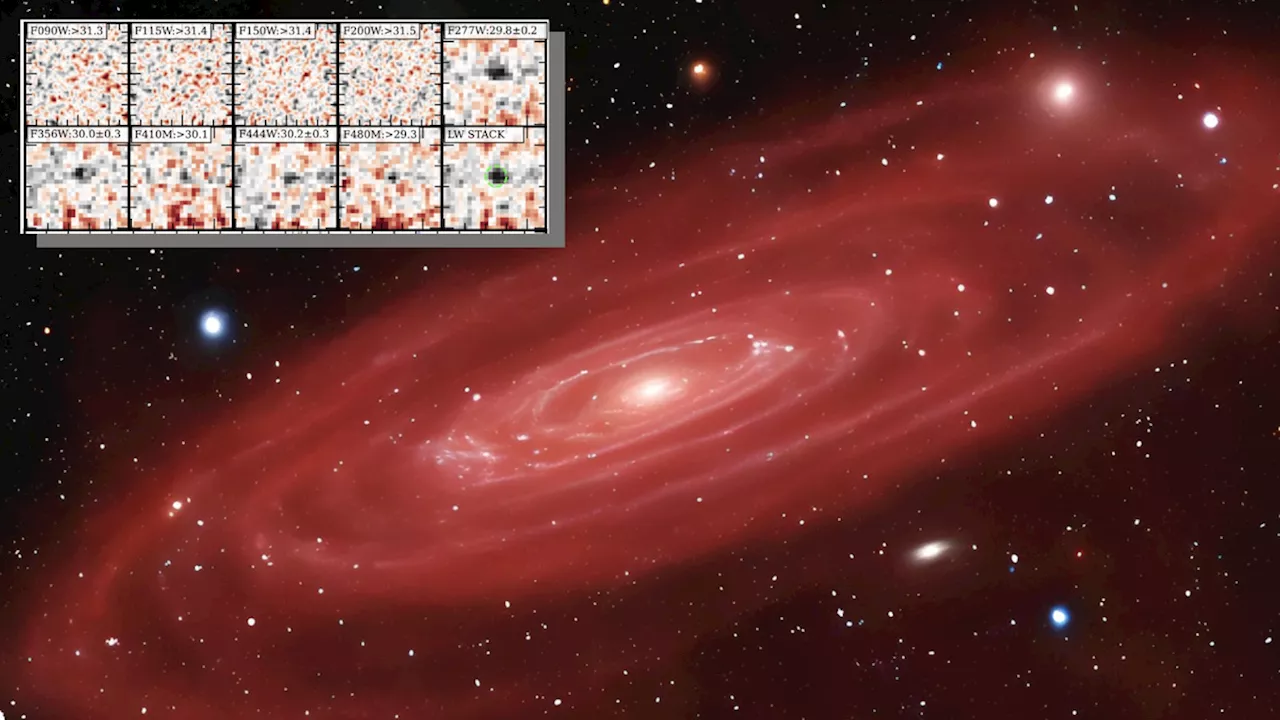Robert Lea is a science journalist in the U.K. whose articles have been published in Physics World, New Scientist, Astronomy Magazine, All About Space, Newsweek and ZME Science. He also writes about science communication for Elsevier and the European Journal of Physics. Rob holds a bachelor of science degree in physics and astronomy from the U.K.
Jam packed issues filled with the latest cutting-edge research, technology and theories delivered in an entertaining and visually stunning way, aiming to educate and inspire readers of all agesAn illustration of a highly redshifted galaxy as it may appear if the JWST could zoom in on it.
"In the end, these observations will put tight constraints on the physical processes that are allowed in our models of the universe."" or"high z" galaxies. This is because the expansion of the universe causes the wavelengths of light such galaxies emit to be stretched as the wavelengths travel to us.
The galaxy cluster Abell S1063, as seen by the NASA/ESA Hubble Space Telescope during the Frontier Fields program. The discovery of these five candidate galaxies has been possible because GLIMPSE observations are the deepest ever obtained in the sky. The results, the first from the GLIMPSE project, also got an assist from the Abell S1063 galaxy cluster, located around 4 billion light-years away. That cluster was able to help thanks to a phenomenon first predicted by.
"To really dig deep into their nature would require spectra. At the moment, we know that these objects are quite faint intrinsically, especially compared to the most recent JWST discoveries at high-z," Kokorev said."This faintness, combined with how many we discover in such a small volume, might have some interesting implications about the emergence of the first galaxies in the universe.
"The JWST has the potential to discover even earlier galaxies, but this will depend on their number, density, and luminosity, which are tied to how early galaxy formation unfolded," Atek continued."We are entering completely uncharted territory and cannot know for sure what we will find. Many of these sources are expected to be so faint that spectroscopic confirmation, even with JWST, will be extremely challenging or unfeasible.
Singapore Latest News, Singapore Headlines
Similar News:You can also read news stories similar to this one that we have collected from other news sources.
 James Webb Space Telescope finds galaxies pointing toward a dark matter alternativeSharmila Kuthunur is a Seattle-based science journalist covering astronomy, astrophysics and space exploration. Follow her on X skuthunur.
James Webb Space Telescope finds galaxies pointing toward a dark matter alternativeSharmila Kuthunur is a Seattle-based science journalist covering astronomy, astrophysics and space exploration. Follow her on X skuthunur.
Read more »
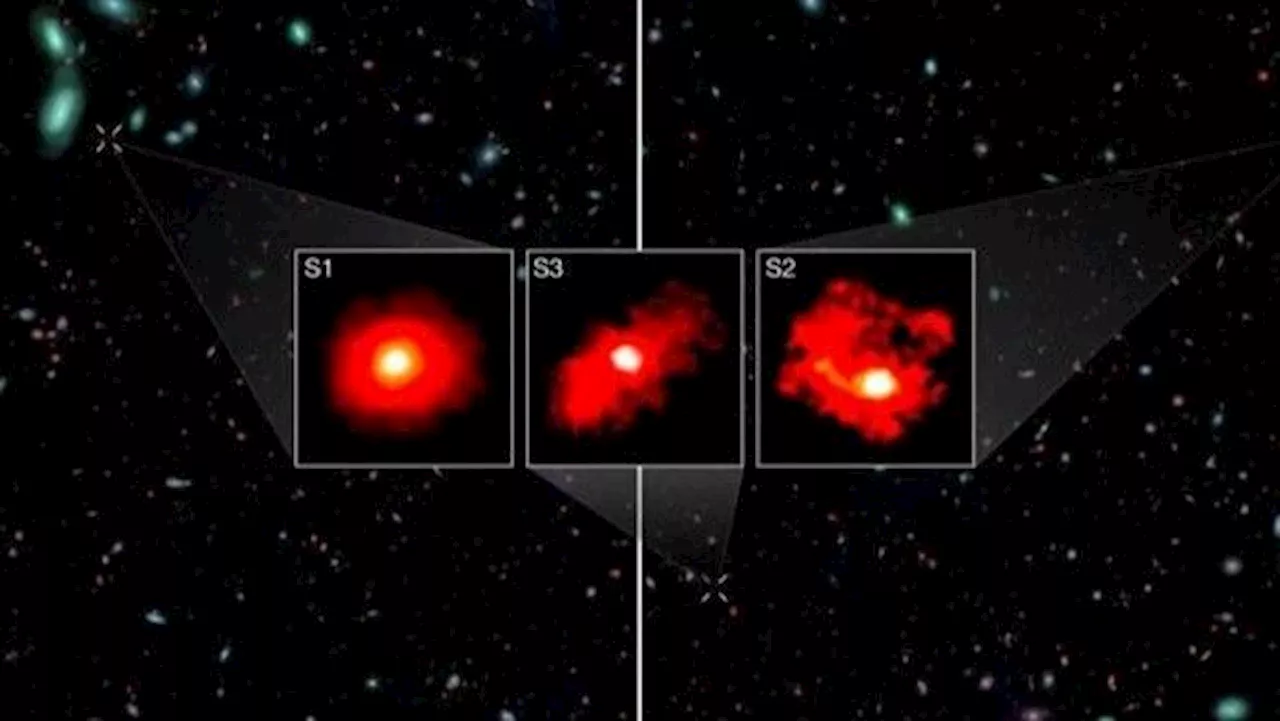 James Webb Space Telescope discovers mysterious 'red monster' galaxies so large they shouldn't existBen Turner is a U.K. based staff writer at Live Science. He covers physics and astronomy, among other topics like tech and climate change. He graduated from University College London with a degree in particle physics before training as a journalist.
James Webb Space Telescope discovers mysterious 'red monster' galaxies so large they shouldn't existBen Turner is a U.K. based staff writer at Live Science. He covers physics and astronomy, among other topics like tech and climate change. He graduated from University College London with a degree in particle physics before training as a journalist.
Read more »
 Lava could light up the James Webb Space Telescope's search for watery exoplanetsKiona Smith is a science writer based in the Midwest, where they write about space and archaeology. They've written for Inverse, Ars Technica, Forbes and authored the book, Peeing and Pooping in Space: A 100% Factual Illustrated History. They attended Texas A&M University and have a degree in anthropology.
Lava could light up the James Webb Space Telescope's search for watery exoplanetsKiona Smith is a science writer based in the Midwest, where they write about space and archaeology. They've written for Inverse, Ars Technica, Forbes and authored the book, Peeing and Pooping in Space: A 100% Factual Illustrated History. They attended Texas A&M University and have a degree in anthropology.
Read more »
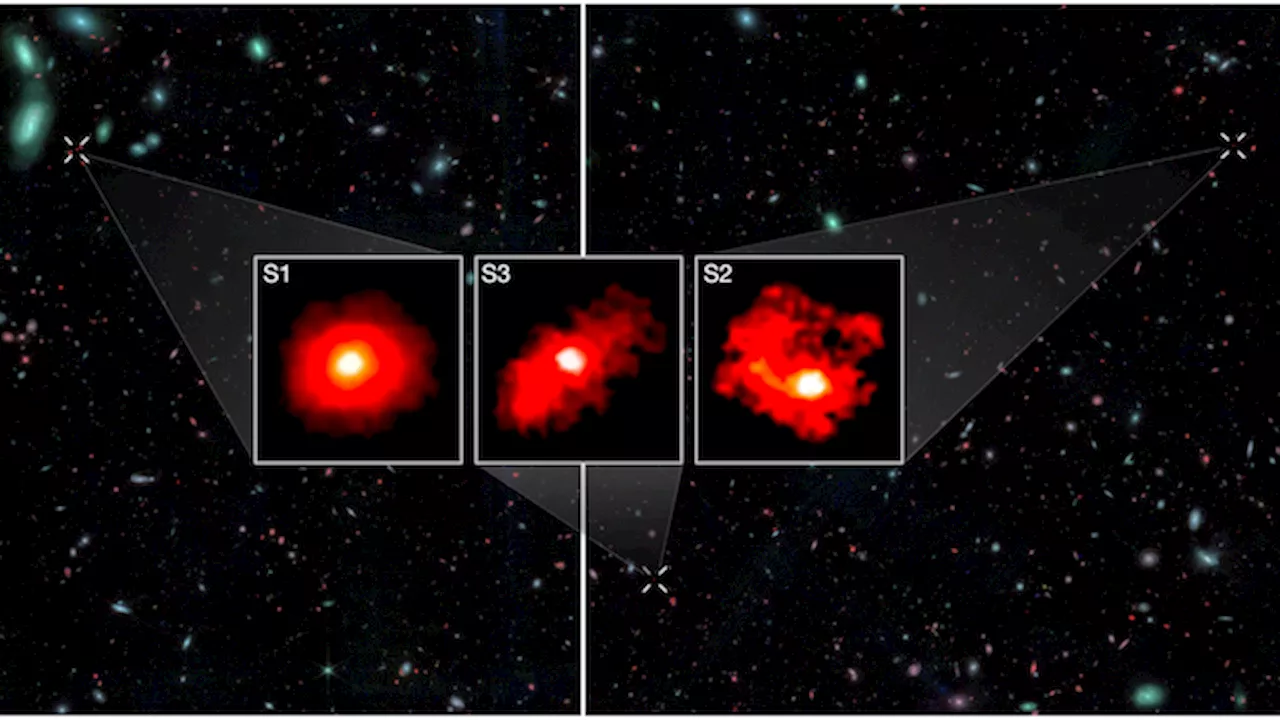 James Webb Space Telescope unveils surprising 'Red Monsters' in the early universeLarissa G. Capella is a Brazilian science writer based in the U.S. with a broad passion for the sciences, including physics, astronomy, geoscience, neuroscience, and more. She earned both a B.S. in Physics and a B.A. in English from Western Washington University in 2024.
James Webb Space Telescope unveils surprising 'Red Monsters' in the early universeLarissa G. Capella is a Brazilian science writer based in the U.S. with a broad passion for the sciences, including physics, astronomy, geoscience, neuroscience, and more. She earned both a B.S. in Physics and a B.A. in English from Western Washington University in 2024.
Read more »
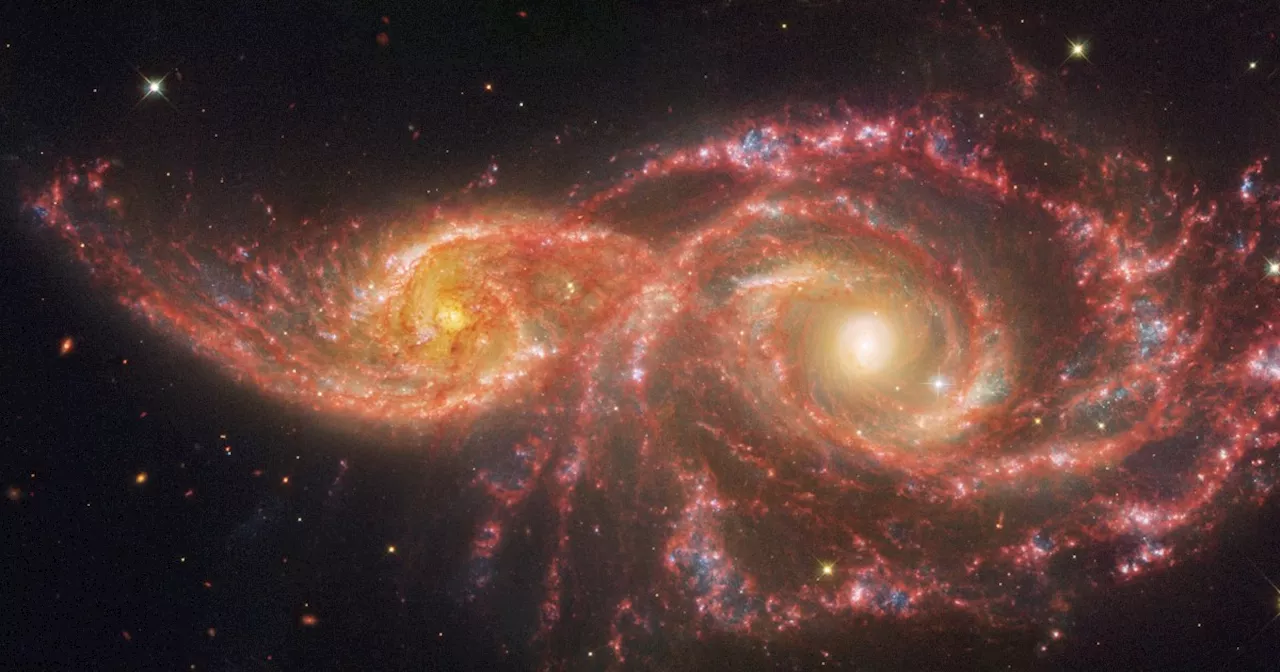 Creepy cosmic eyes stare out from space in Webb and Hubble imageIn time for Halloween, the Webb and Hubble space telescopes have worked together to image a creepy pair of cosmic eyes.
Creepy cosmic eyes stare out from space in Webb and Hubble imageIn time for Halloween, the Webb and Hubble space telescopes have worked together to image a creepy pair of cosmic eyes.
Read more »
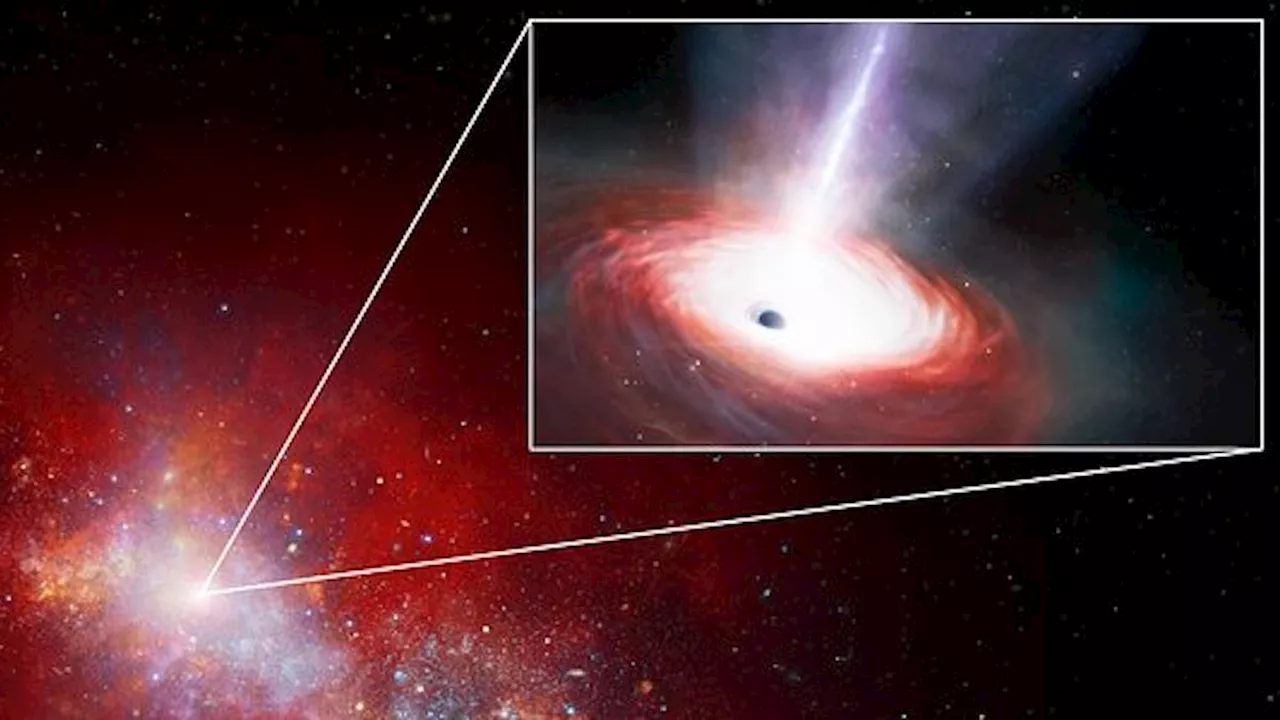 James Webb telescope spots 'feasting' black hole eating 40 times faster than should be possibleBrandon is the space/physics editor at Live Science. His writing has appeared in The Washington Post, Reader's Digest, CBS.com, the Richard Dawkins Foundation website and other outlets. He holds a bachelor's degree in creative writing from the University of Arizona, with minors in journalism and media arts.
James Webb telescope spots 'feasting' black hole eating 40 times faster than should be possibleBrandon is the space/physics editor at Live Science. His writing has appeared in The Washington Post, Reader's Digest, CBS.com, the Richard Dawkins Foundation website and other outlets. He holds a bachelor's degree in creative writing from the University of Arizona, with minors in journalism and media arts.
Read more »
